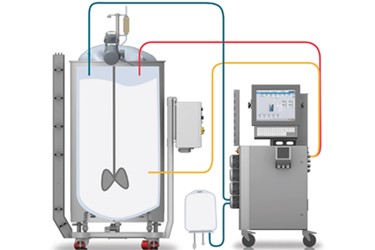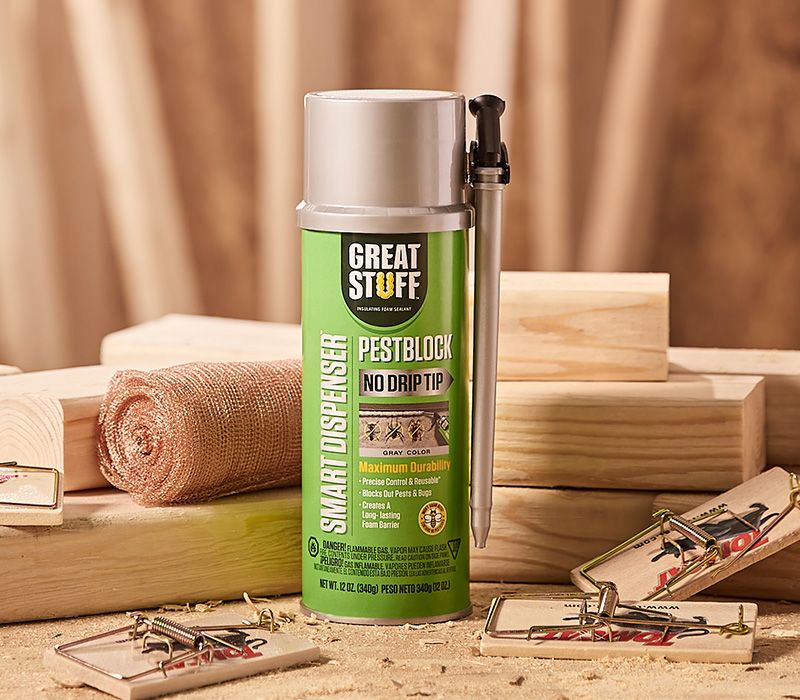Optimizing Product High Quality Via Effective Foam Control Techniques
Optimizing Product High Quality Via Effective Foam Control Techniques
Blog Article
Efficient Methods for Attaining Optimal Foam Control in Chemical Manufacturing
Reliable foam control is an essential element of chemical manufacturing that can significantly affect manufacturing efficiency and product high quality. By recognizing the devices of foam formation and selecting suitable anti-foaming agents, producers can take positive actions to minimize excessive foam. Additionally, the implementation of process optimization techniques and advanced tracking systems plays a crucial duty in keeping optimum operating problems. However, the subtleties of these methods can differ extensively throughout various applications, increasing crucial inquiries concerning ideal practices and real-world implementations that merit further expedition.
Recognizing Foam Formation

Surfactants, or surface-active agents, lower the surface area tension of the liquid, helping with bubble security and advertising foam generation. Additionally, frustration or blending processes can boost bubble formation, usually exacerbating foam concerns. The qualities of the fluid medium, consisting of thickness and density, further impact foam behavior; for instance, more thick fluids often tend to trap air better, leading to boosted foam stability.
Recognizing these fundamental facets of foam formation is crucial for efficient foam control in chemical production. By recognizing the problems that promote foam growth, producers can apply targeted strategies to mitigate its unfavorable impacts, therefore enhancing manufacturing processes and ensuring constant item quality. This foundational understanding is crucial before checking out certain approaches for managing foam in commercial settings.
Selection of Anti-Foaming Agents
When selecting anti-foaming representatives, it is important to consider the particular attributes of the chemical procedure and the type of foam being generated (Foam Control). Various elements influence the efficiency of an anti-foaming representative, including its chemical make-up, temperature level security, and compatibility with other process materials
Silicone-based anti-foams are widely utilized because of their high effectiveness and broad temperature range. They work by lowering surface stress, permitting the foam bubbles to integrate and damage even more quickly. They might not be ideal for all applications, especially those including sensitive formulations where silicone contamination is an issue.
On the various other hand, non-silicone representatives, such as mineral oils or natural substances, can be beneficial in particular scenarios, specifically when silicone deposits are unfavorable. These representatives have a tendency to be less effective at greater temperatures but can provide reliable foam control in other problems.
Additionally, understanding the foam's beginning-- whether it arises from oygenation, anxiety, or chemical responses-- guides the selection procedure. Evaluating under actual operating conditions is critical to guarantee that the picked anti-foaming agent satisfies the special needs of the chemical production process successfully.
Refine Optimization Techniques
Effective foam control is an important facet of enhancing chemical production procedures. By fine-tuning these parameters, drivers can lower turbulence, thus decreasing foam formation throughout blending.
Additionally, managing temperature level and stress within the system can considerably affect foam generation. Decreasing the temperature level may decrease the volatility of certain elements, bring about lowered foam. Maintaining optimal pressure levels helps in reducing extreme gas release, which adds to foam security.
Another effective approach is the tactical addition of anti-foaming agents at critical points of the process. Careful timing and dosage can make certain that these representatives properly subdue foam without interfering with various other procedure specifications.
Additionally, incorporating a methodical assessment of resources homes can assist identify inherently frothing materials, enabling for preemptive procedures. Finally, carrying out regular audits and procedure testimonials can reveal inefficiencies and locations for enhancement, enabling continuous optimization of foam control methods.
Tracking and Control Systems
Surveillance and control systems play a vital function in maintaining ideal foam management throughout the chemical production process. These systems are essential for real-time monitoring and adjustment of foam degrees, guaranteeing that manufacturing effectiveness is taken full advantage of while minimizing interruptions brought on by extreme foam formation.
Advanced sensing units and instrumentation are employed to spot foam thickness and height, giving important data that educates control formulas. This data-driven method permits the timely application of antifoaming representatives, ensuring that foam levels continue to be within acceptable limitations. By incorporating monitoring systems with procedure control software program, producers can apply automated actions to foam variations, reducing the requirement for hand-operated intervention and enhancing functional uniformity.
Moreover, the combination of maker learning and predictive analytics into checking systems can facilitate proactive foam administration. By assessing historic foam data and operational parameters, these systems can forecast foam generation patterns and suggest preemptive procedures. Normal calibration and upkeep of monitoring equipment are necessary to ensure accuracy and reliability in foam detection.
Ultimately, effective tracking and control systems are important for enhancing foam control, advertising security, and improving overall productivity in chemical manufacturing environments.

Instance Studies and Best Practices
Real-world applications of surveillance and control additional hints systems highlight the relevance of foam monitoring in chemical production. A remarkable instance research study includes a massive pharmaceutical maker that carried out an automated foam discovery system.
One more exemplary case originates from a petrochemical firm that embraced a combination of antifoam agents and procedure optimization strategies. By examining foam generation patterns, the company tailored its antifoam dosage, causing a 25% decrease in chemical usage and significant price financial savings. This targeted technique not only reduced foam disturbance yet likewise enhanced the overall security of the production process.

Final Thought
Finally, achieving optimum foam control in chemical manufacturing necessitates a detailed method encompassing the option of appropriate anti-foaming representatives, application of process optimization strategies, and the integration of innovative tracking systems. Normal audits and training further enhance the efficiency of these techniques, cultivating a culture of continual improvement. By resolving foam formation proactively, suppliers can substantially boost production effectiveness and item quality, eventually adding to more economical and sustainable operations.
By recognizing the systems of foam formation click this site and picking appropriate anti-foaming agents, suppliers can take proactive procedures to minimize excessive foam. The attributes of the fluid medium, including viscosity and thickness, further influence foam habits; for instance, even more viscous fluids have a tendency to catch air extra efficiently, leading to raised foam security.
Comprehending these basic aspects of foam development is vital for efficient foam control in chemical production. By assessing historic foam data go to my site and functional criteria, these systems can anticipate foam generation patterns and advise preemptive measures. Foam Control. Regular audits of foam control determines make sure that procedures stay maximized, while cultivating a society of aggressive foam management can lead to sustainable improvements across the manufacturing spectrum
Report this page